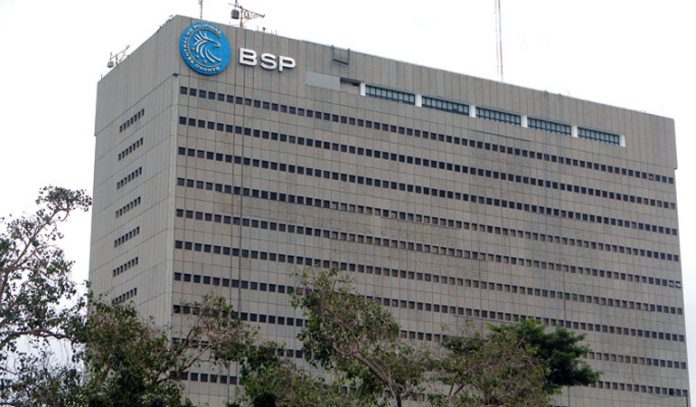
MANILA – The Bangko Sentral ng Pilipinas (BSP) has adjusted its balance of payment (BOP) forecast for 2018 as imports growth continued to be stronger than exports.
After the review held last November, BSP’s new BOP assumption for this year is a deficit of USD5.5 billion, a big leap from the USD1.5-billion deficit set during the review last May and accounts for -1.6 percent of domestic output.
At the end of the first three quarters this year, the country’s BOP deficit stood at USD5.1 billion.
In a briefing Friday, BSP Assistant Governor Francisco Dakila Jr. said the BOP deficit is understandable given the higher importation, as well as increased credit growth.
The country enjoyed BOP surpluses in recent years due in part to a high level of savings.
However, as investments drive the expansion of the domestic economy and increased importations to feed rising domestic demand, the country has been posting deficits in its current account, which in turn, affects the over-all BOP position.
The latest current account forecast for this year is a deficit of USD6.4 billion, which accounts for 1.9 percent of the gross domestic product (GDP).
The Philippines’ largest CA deficit was registered in 1999 when the gap accounted for 3.5 percent of domestic output.
Dakila is confident that investors’ appetite for the Philippine economy will not wane even as the current account continues to be in the negative.
“It should not because what matters is the fundamentals in the economy,” he said, citing the domestic fundamentals remain strong.
He added that the deficit in the CA is driven by the large volume of investments goods and raw materials.
“When that builds in your productive capacity, that will also increase our capacity to exports. It increases our competitiveness,” he said.
“Build up your productive capacity and then eventually when your economy matures, your investment rate will eventually go down,” he said. (With PNA/PN)



